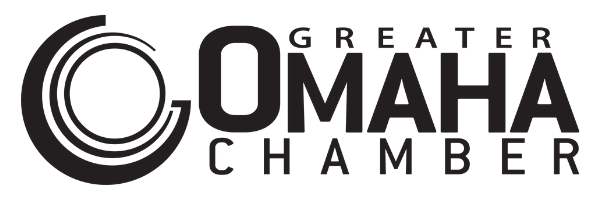Omaha, Neb., October 6, 2020 – Atlanta’s millennials are moving. When citybizlist announced “Atlanta lost more millennials than it gained,” researchers took note, crunching comparatives from average home prices to median incomes.
Take Omaha, for example, where the average home price of $176,900 bests the $259,000 average-home-price in Atlanta, according to Best Places comparatives.
Best Places also notes Atlanta is “19.7 percent more expensive than Omaha,” with such everyday expenses as transportation, utilities and groceries outpacing Omaha – a metro Lattice Publishing named the No. 3 “best-paying midsize metro for millennial women.”
“There’s a real intersection of elements that makes Greater Omaha a remarkable place to live,” said David G. Brown, president and CEO, Greater Omaha Chamber. “Year after year, our cost of living falls well below the national average. Our arts and culture scene is a true community asset; our air is clean and we best all nine comparative cities in commute times and healthcare access.”
A “top 10 housing market for millennials during the pandemic,” according to the National Association of Realtors, Omaha offers a high quality of life – one of a series of measures gauged in the 2020 Barometer Report, an annual “economic scorecard” spearheaded by the Greater Omaha Chamber that evaluates the region’s competitiveness against nine other high-performing metros.
In addition to quality of life, the Barometer spans seven economic and performance-related categories, including growth, cost of doing business and entrepreneurship. Multiple factors are examined within each category, nearly 40 different measures in all.
The result: Omaha posted strong advantages in entrepreneurship and cost of doing business and is four percent above the U.S. for the overall ‘Barometer’ index.
It is important to note – the University of Nebraska-Lincoln Bureau of Business Research (BBR) gathered data for the 2020 Barometer in late 2019, before the coronavirus pandemic intensified in the United States.
View the full report here: https://www.omahachamber.org/economic-development/regional-data/
Commissioned by the Greater Omaha Chamber, the 2020 Barometer was developed by the University of Nebraska-Lincoln BBR, in coordination with the Chamber’s Business Intelligence Department.
About Greater Omaha
Greater Omaha is a No. 1 ranked up-and-coming-tech hotspot and Time magazine’s 2017 No. 3 Most Up-and-Coming City in America. Recognized for its “We Don’t Coast” attitude, and named America’s No. 2 Best Small City, Greater Omaha is home to more than 30 communities and nearly 1 million people, with a youthful population (more than 40 percent are age 24 or younger), low cost of living and steady economic growth that outpaces the nation. Berkshire Hathaway, Mutual of Omaha, Peter Kiewit Sons’ Inc. and Union Pacific – all Fortune 500 companies – call Greater Omaha “home.”
About the Greater Omaha Chamber
The mission of the Greater Omaha Chamber is to champion a thriving business community and a prosperous region through visionary leadership and collaboration.
